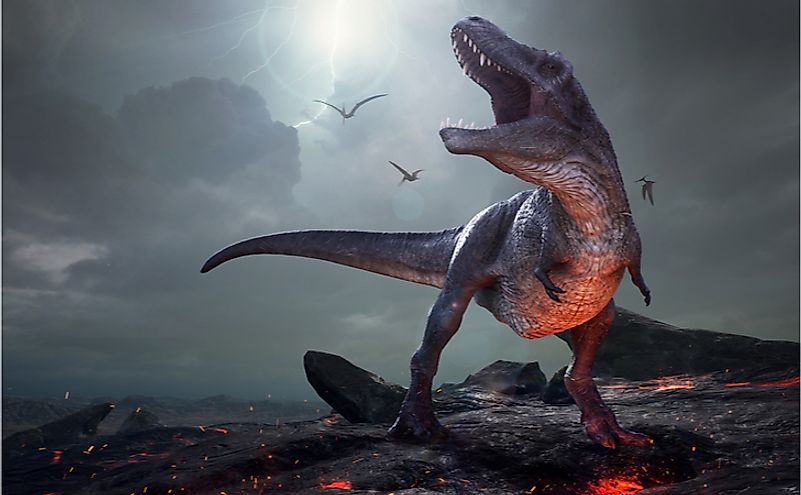What Is The Difference Between Extant And Extinct?

Extinct refers to a species that is no longer alive. The point of extinction is typically considered to be the moment the last individual dies. If the species lost the potential to recover through breeding long before the point of death of the last individual, it is only at the time when the last member dies, when it is considered extinct. Some species have an extensive range, and determining the point of extinction is complicated and mostly carried out retrospectively. On the other hand, extant refers to the living species of a class of animals. According to scientists, our planet earth has 6.5 million different species on land and 2.2 million species living on oceans. About 86% of the species living on land and 91% living in seas are yet to be described and cataloged.
Extant Taxa And Extinct Taxa
Neontology is the study of extant as well as recently extinct taxa. It is not easy to definitively name an extinct taxon because, in the past, different taxa which had been declared extinct have reappeared after some time. It has been established that 36% of the extinct mammalian species have been proven, while 64% had no sufficient evidence to be named extinct, or they have been discovered. According to IUCN, a taxon is considered recently extinct if their extinction took place after 1500 CE. Since the year 1500, about 80 species of mammals have gone extinct. A species is named extinct following extensive surveys of all possible habitats to ascertain without a doubt that the last individual animal of the species both in the wild and captivity has died. Before 1995, an allowance of 50 years without any sightings of the animal was sufficient to declare extinct.
Examples Of Extinct Animals
Broad-faced potoroo was a potoroid marsupial animal endemic to southwestern Australia, which is believed to have gone extinct in 1875. Specimens of the species were collected in 1839. The species was described in 1844 by John Gould, an English bird artist, and a renowned ornithologist. Saint Lucia giant face rat is an extinct rodent that was endemic to Saint Lucia Island in the eastern region of the Caribbean. The rat was the size of a small cat, and the rat was seen last in 1852 in a zoo in London. The specimen of the rat is found in the Natural History Museum in the UK.
Causes Of Extinction
The process of extinction has been naturally ongoing as the species evolved, and according to the scientists, 99.9% of all species that once colonized our planet are extinct. It is estimated that the average lifespan of a species is between 1 million and 10 million years and may vary significantly between taxa. The causes of extinction are so diverse and vary widely depending on the species in question. However, some of the human-induced extinction includes overharvesting, habitat destruction, pollution, overhunting, the introduction of invasive species, and other influences. According to IUCN, there have been 84 extinctions since the year 1500. The earth has undergone five mass extinctions, and it is on the verge of the sixth mass extinction.
Learn about the timeline of mass extinction events on Earth here.











